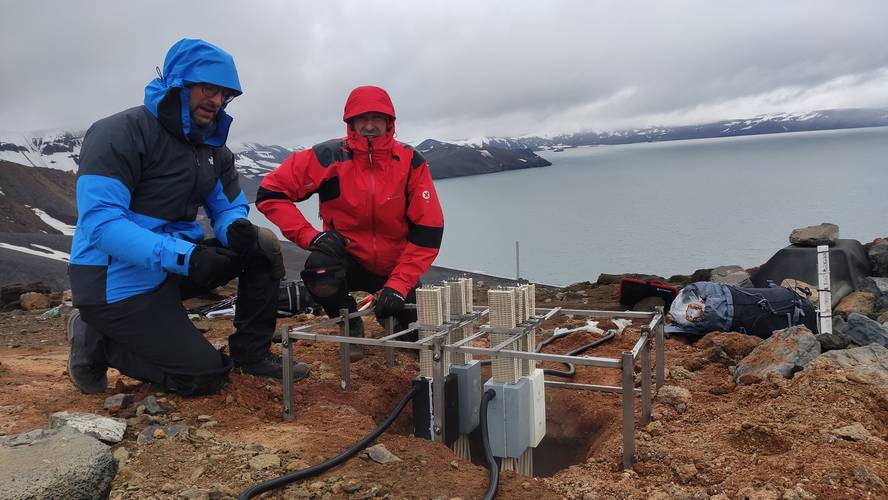They've been able to continuously generate electricity in Antarctica through geothermal heat.

The UPNA research team has used Seebeck thermoelectric modules, which transform geothermal heat into electrical energy. For these modules to work they must have a hot and cold face: Earth's heat heats one part of the module and Antarctica's cold air cools the other. The research team has developed high-efficiency heat exchangers capable of transporting geothermal heat 40 centimeters deep in the soil to a thermoelectric module with minimal temperature loss.
In addition, these geothermal thermoelectric generators do not use a mobile part. This makes it possible to minimize maintenance and resist the harsh conditions of Antarctica. In this first campaign at the South Pole, the two prototypes of thermoelectric generators have already recorded an electric power of 6 W, enough to power surveillance sensors and volcanic research and run all year round (including winter).
Being a modular technology, it allows for increased power with the simple installation of more thermoelectric modules. According to the researchers, the first results obtained allow the creation of an equivalent battery of cars. That's what scientists use in Antarctica. The advantage of the UPNA system is that it never runs out, as electricity is generated continuously through thermoelectric devices.
Among the researchers working in Antarctica is Leyre Catalan Ros. He said so in the interview with Ekin two years ago: "It's exciting to get something that nobody has done before."





